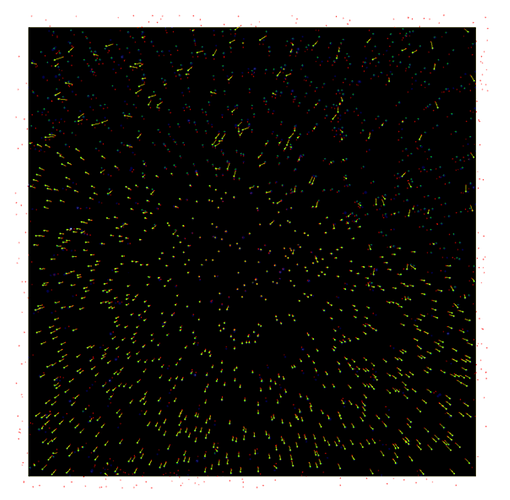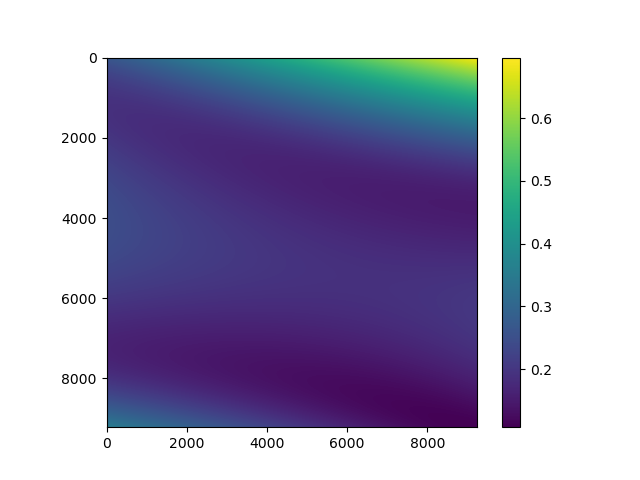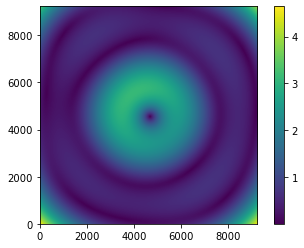Thank you!
The topic is Problems while trying to create a new LSST obs packag, And the DECam mentioned above is for reference to create a new obs_package.
And I created an obs_ZTF to process the ZTF image aiming at learning the pipeline, the Pixel Scale: 0.263498 arcsec/pixel above is get by the image ingested with the obs_ZTF.
And in another package obs_wfst I created, the same problem occured again:
The header of the image:
SIMPLE = T / conforms to FITS standard
BITPIX = -64 / array data type
NAXIS = 2 / number of array dimensions
NAXIS1 = 9216
NAXIS2 = 9232
EXTEND = T
CRPIX1 = 4608.5
CRPIX2 = 4616.5
CRVAL1 = 180
CRVAL2 = 36
CD1_1 = 9.16666666666666E-05
CD1_2 = 0
CD2_1 = 0
CD2_2 = 9.16666666666666E-05
CTYPE1 = 'RA---TAN'
CTYPE2 = 'DEC--TAN'
EXPTIME = 30
DARKTIME= 30
AIRMASS = 1
EXP-ID = 'WFST00000060'
OBJECT = '9999 '
CCDNUM = 4
HUMIDITY= 20
OUTTEMP = 20
PRESSURE= 621.6
INSTRUME= 'WFST '
FILTER = 'WFST-G '
DATE-OBS= '2022-09-27'
UT-STR = '10:55:27.728'
UT-END = '10:55:57.728'
DATA-TYP= 'object '
RA2000 = 180
DEC2000 = 36
ALTITUDE= 0
AZIMUTH = 0
The pixel scale by the wcs of LSST pipeline:
FITS standard SkyWcs:
Sky Origin: (180.0000000000, +36.0000000000)
Pixel Origin: (4607.5, 4615.5)
Pixel Scale: 0.175665 arcsec/pixel
which should be 0.33(3600*9.16e-5 )?
It’s that normal? I guess it’s related to I have set something wrong in my obs_package?
Thank you!




